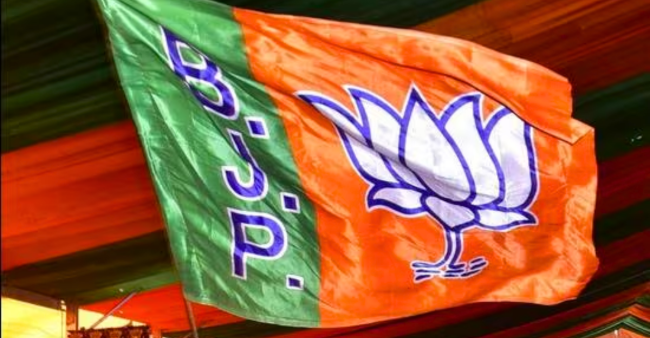NEW DELHI: Jat farmers in Haryana, Punjab, and Western Uttar Pradesh were upset because of the farmers’ protests, athletes’ sit-ins, and schemes like Agniveer.
The results of the 2024 general elections have surprised political pundits and sparked a new debate. If caste and reservation politics prevailed in Uttar Pradesh, why didn’t these have the same effect in Bihar and other states? While the BJP achieved a clean sweep in Madhya Pradesh, it lost 11 seats in the neighbouring Rajasthan. The results of the Varanasi seat in Uttar Pradesh was shocking. Despite Prime Minister Narendra Modi’s efforts to transform Varanasi, he won by only 150,000 votes, while a record victory was expected. The election results have taught the ruling party not to ignore small issues.
It is surprising that the BJP strategists and the agencies could not foresee what was happening in Uttar Pradesh. Why did the Ram Mandir wave weaken? It seems that the slogan of “400 plus” seats and “Modi’s guarantees” overshadowed the Ram wave, leading to worker complacence. The politics of reservation did not gain much traction in the first and second phases but became a significant issue later on. Whether it was seats in Ayodhya and its surrounding areas or other seats, the issue of the Ram Temple was absent from the election campaign that lasted two and a half months. Neither the state government nor the central government understood this. Usually, the election mood becomes apparent early on, but it seemed that no strategy changes were being made in the BJP. In contrast, the Samajwadi Party and Congress changed their candidates and strategies in every phase.
The result of the Nagina Lok Sabha seat in Uttar Pradesh has sparked a new debate on Dalit voters. On this seat, which has a significant Dalit and Muslim population, Chandrashekhar of the Azad Samaj Party won by more than 150,000 votes. The BJP candidate came second, the SP third, and the Bahujan Samaj Party (BSP) lost its deposit.
In the last election, BSP’s Girish Chandra won this seat. Chandrashekhar has been projecting himself as a Dalit leader for the past few years. Although his party tried in the Assembly elections, they did not succeed. In Rajasthan, he contested the election in alliance with the regional party RLP, giving a tough fight on some seats. He hoped that the I.N.D.I Alliance would support him, but that did not happen. The SP fielded Manoj Kumar as their candidate. Now, with Chandrashekhar’s victory, the challenge has increased for the BJP, SP, and BSP alike. Mayawati first won the Bijnor seat in 1989, establishing herself as a Dalit leader thereafter. Chandrashekhar is following a similar path. Having secured this win, he will not miss the opportunity to speak on Dalit interests in the Lok Sabha.
A significant question is if Dalits voted for Chandrasekhar in Nagina, why did they vote for the I.N.D.I Alliance elsewhere? This suggests that Dalits voted strategically. In Bihar, Dalits aligned less with the I.N.D.I Alliance, which resulted in the NDA winning more seats in that state.
The Lok Sabha election has also proven that the upper castes in the Hindi belt are fully aligned with the BJP. The clean sweeps in Madhya Pradesh, Himachal Pradesh, Uttarakhand, and Delhi are examples of this. However, one major reason for the losses in Rajasthan, Haryana, Western Uttar Pradesh, and Punjab is said to be the discontent among the Jats.
In Rajasthan, the BJP faced defeat in Jat-majority seats like Churu, Sikar, Barmer, and Jhunjhunu, as well as in seats like Bharatpur, Dausa, and Ganganagar. In Haryana, the Jats voted against the BJP in five seats. In Western Uttar Pradesh, the seats of Saharanpur, Sambhal, Kairana, and Muzaffarnagar slipped out of the BJP’s hands due to Jat discontent. The BJP did not win a single seat in Punjab.
The Jat farmers of Haryana, Punjab, and Western Uttar Pradesh were upset because of the farmers’ protests, athletes’ sit-ins, and schemes like Agniveer. In Rajasthan, the Jats were unhappy because their leaders were neglected. This election has clearly signalled to the BJP that even small issues can hurt polling.
It is perplexing why the party gave importance to Brij Bhushan Singh of the Wrestling Federation. Similarly, not delving into the root causes of the farmers’ protest was a surprise.
There was no attempt to understand why the protest happened. These issues have kept the BJP from securing a majority on its own. If these small issues had not been ignored, the results could have been different.

